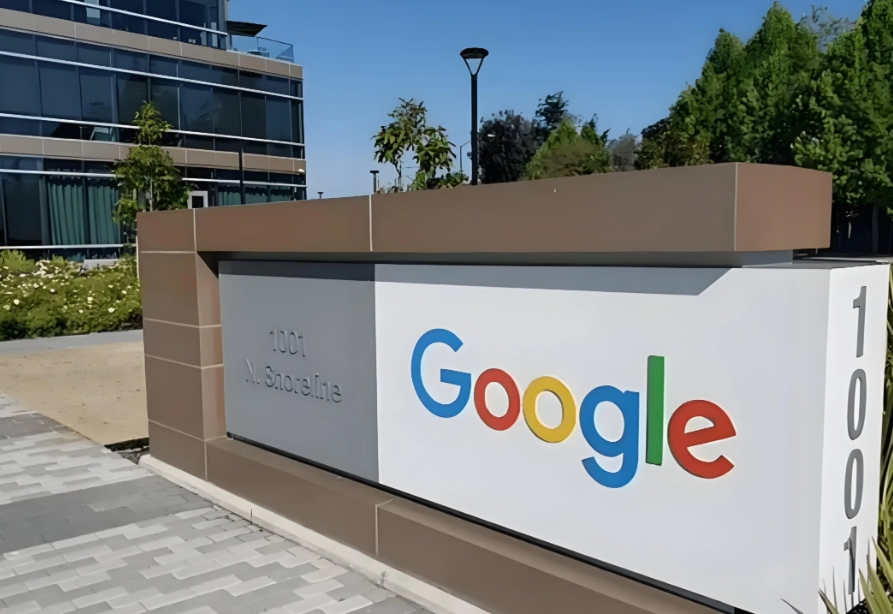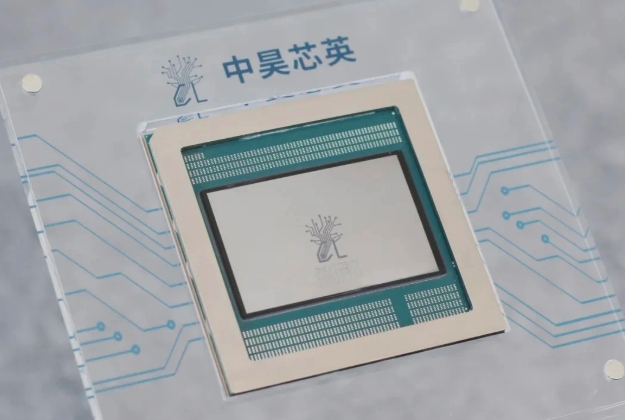Comprehensive Analysis of PCBA Costs: From Composition to Optimization, Precisely Controlling Every Penny
In the entire process from design to mass production of electronic products, PCBA (Printed Circuit Board Assembly) cost is a core factor determining the profit margin of a project. Data shows that component costs account for 40%-60% of the total PCBA cost, and a single decimal point error in calculation may lead to losses of tens of thousands of yuan. Whether it is hardware engineers optimizing designs, procurement specialists controlling budgets, or start-ups evaluating project feasibility, mastering the composition and calculation logic of PCBA costs is key to making accurate decisions. This article will systematically break down the core elements, calculation methods, and optimization strategies of PCBA costs to facilitate efficient cost control.

I. Core Composition of PCBA Costs: Multi-Dimensional Breakdown
PCBA cost is not a single value but a comprehensive system composed of multiple links such as design, materials, processing, and testing. Minor changes in each link may affect the final total cost. It can be specifically broken down into the following modules:
1. PCB Manufacturing Cost: Dual Impact of Substrate and Process
As the "backbone" of PCBA, PCB cost is directly restricted by materials, design complexity, and process requirements, mainly including:
- Substrate material costs: The price of mainstream FR4 boards (glass fiber epoxy resin) is stable, approximately 80-150 yuan/square meter; high-frequency boards (such as Rogers RO4350), which are suitable for 5G, radar, and other scenarios, can cost 500-1500 yuan/square meter, with a cost difference of 5-10 times.
- Processing fees: Including drilling, circuit etching, surface treatment, and other links. For example, the drilling fee for ordinary double-layer boards is about 0.005-0.01 yuan/hole, while the cost for precision holes with a diameter of ≤0.2mm will increase to 0.02-0.03 yuan/hole; when the line width/line spacing is ≤0.15mm, the difficulty of etching process increases, and the cost rises by 30%-50%.
- Premium for special processes: Immersion gold surface treatment is 20%-30% more expensive than spray tin, but has better oxidation resistance, making it suitable for high-frequency scenarios; impedance control (±10% accuracy) requires an additional 10%-15% cost, and blind/buried via technology adds 25%-40% but can reduce the number of PCB layers, balancing the overall cost.
2. Component Procurement Cost: The Most Volatile "Variable"
Components are the core of PCBA costs, accounting for 40%-60%. Their prices are significantly affected by type, specifications, purchase volume, and market supply and demand:
- Ordinary components: The prices of standardized components such as resistors, capacitors, and diodes are transparent (e.g., 0402 resistors are about 0.005-0.01 yuan/piece), and bulk purchases (10k+) can enjoy a 5%-10% discount.
- Chips and precision components: The prices of high-end chips such as BGA and FPGA fluctuate greatly. For example, due to tight production capacity, the price of a certain FPGA model soared from 500 yuan/piece to 800 yuan/piece within 3 months; automotive-grade chips (such as Infineon MCUs) are 30%-50% more expensive than industrial-grade ones due to long certification cycles.
- Loss costs: Components have losses during welding and testing. The loss rate of resistors and capacitors is about 1%-3%, and that of chips is about 0.5%-1% due to their small size and vulnerability to damage, which must be included in the total cost (loss cost = total component cost × loss coefficient).
3. SMT Processing Cost: Detailed Accounting by "Points"
SMT processing cost is calculated by "points", and the point-counting rules directly affect the cost. The industry's general standards are as follows:
- Standard components: Resistors and capacitors (0201-0805 packages) are counted as 2 points/piece; small chips such as SOT-23 are counted as 3 points/piece.
- Medium-sized chips: QFP and QFN are calculated by the number of pins (1 pin = 1 point). For example, a 48-pin QFN is counted as 48 points.
- Large chips: BGA and LGA are calculated by the number of pins × 1.2 coefficient (due to high welding difficulty). For example, a 200-ball BGA is counted as 240 points; special components such as shields and large inductors are counted as 3-5 points/piece.
Calculation formula: SMT cost = total number of mounting points × unit price (0.01-0.03 yuan/point) + stencil fee (100-800 yuan, based on PCB size) + setup fee (500-2000 yuan/batch).
- Small batches (<500 pieces): The setup fee is highly allocated, and the unit point cost is about 0.025-0.03 yuan;
- Large batches (>20,000 pieces): The setup fee is lowly allocated, and the unit point cost can be reduced to 0.01-0.015 yuan, with an additional 15%-25% savings after bulk discounts.
4. DIP Insertion Cost: Differences in Pins and Processes
DIP insertion targets through-hole components (such as connectors and electrolytic capacitors), and the cost is calculated by solder joints, divided into two processes:
- Wave soldering: Suitable for mass production, with a unit price of 0.03-0.08 yuan/solder joint, requiring an additional fixture fee (500-3000 yuan, reusable);
- Manual soldering: Suitable for small batches or complex components, with a unit price of 0.08-0.15 yuan/solder joint, no fixture fee but low efficiency.
For example, a PCB with 100 DIP solder joints has a total wave soldering cost of about 3-8 yuan + fixture fee, while manual soldering costs 8-15 yuan. The larger the batch, the more obvious the cost advantage of wave soldering.
5. Testing and Quality Control Costs: A "Protective Net" to Avoid Rework
Testing is key to ensuring PCBA reliability, and costs increase with testing accuracy and complexity:
- Basic testing: AOI (Automatic Optical Inspection) for welding appearance, costing about 0.1-0.3 yuan/piece; flying probe testing for circuit connectivity, charged by points (0.02-0.05 yuan/point).
- Functional testing: To verify the overall performance of PCBA, it requires developing exclusive test programs (costing 2000-10,000 yuan/model) and fixtures (1500-8000 yuan/set). After allocation in mass production, it is about 0.5-2 yuan/piece.
- Special testing: X-Ray inspection for BGA solder joints (unit price 5-10 yuan/piece), high-low temperature testing (environmental simulation, 10-20 yuan/piece), only used in high-reliability scenarios (such as military and automotive).
6. Auxiliary Costs: Easily Overlooked "Hidden Expenses"
- Auxiliary material fees: Solder paste (about 500-800 yuan/kg, each PCB consumes 0.5-2g), flux, anti-static packaging, etc., accounting for 1%-2% of the total cost.
- Operation and logistics: Equipment depreciation (SMT production line depreciation is about 5000-10,000 yuan/month), water and electricity, labor management fees, totaling 3%-5%; logistics costs (including transportation insurance) are about 1%-3%, and express transportation (such as air freight) can increase to 5%-8%.

II. Total PCBA Cost Calculation: Formulas and Practical Cases
1. Complete Calculation Formula
Total PCBA cost = PCB cost + (component cost × (1 + loss coefficient)) + SMT cost + DIP cost + testing cost + auxiliary cost + (profit and management fees)
- Profit margin: 15%-30% for small batches, 10%-15% for large batches;
- Loss coefficient: 1.01-1.03 for ordinary components, 1.005-1.01 for chips.
2. Practical Case: Cost Breakdown of a Smart Sensor PCBA (1000-piece order)
| Cost Item | Specific Composition | Amount (yuan) | Proportion |
|---|---|---|---|
| PCB cost | Double-layer board (100mm×80mm, FR4) | 12,000 | 15% |
| Component cost | Including MCU (50 yuan/unit), sensors, etc. | 45,000 | 56% |
| Loss cost | Components × 1.02 | 900 | 1% |
| SMT cost | 200 points/piece × 0.02 yuan/point + stencil fee + setup fee | 5,500 | 7% |
| DIP cost | 20 solder joints/piece × 0.05 yuan/solder joint + fixture fee | 1,500 | 2% |
| Testing cost | AOI + functional testing (allocated) | 3,000 | 4% |
| Auxiliary cost | Auxiliary materials + logistics | 2,100 | 3% |
| Profit margin (15%) | Total cost × 15% | 12,000 | 12% |
| Total | 80,000 | 100% |
III. PCBA Cost Optimization: Five Core Strategies
1. Design-End Optimization (DFM): Cost Reduction from the Source
- PCB panel design: Use tools like Huaqiu DFM to optimize panel layout, increasing material utilization from 70% to over 85%, reducing the cost of a single PCB by 10%-15%;
- Process simplification: Keep line width/line spacing ≥0.15mm (to avoid premium for precision etching), aperture ≥0.3mm (to reduce drilling costs), and abandon immersion gold (use spray tin or OSP) when unnecessary.
2. Component Procurement Strategy: Balancing Cost and Risk
- Centralized procurement: Merge multi-project demands; a single purchase of 10k+ components can enjoy an 8%-15% discount;
- Domestic substitution: Use domestic resistors (such as Fenghua Advanced Technology) instead of imported brands (such as Murata) when performance meets requirements, reducing costs by 30%-50%;
- Alternative material reserve: Prepare 2-3 alternative models for key chips (such as STM32 MCU) to avoid price increases or out-of-stock issues from a single supplier.
3. Production-End Optimization: Coordination of Batch and Process
- Order merging: Merge multiple small batches (e.g., 3 batches of 500 pieces) into 1 batch of 1500 pieces, reducing setup fees and line change time, and lowering processing costs by 20%;
- Process matching: Use lead-free solder paste (low cost) for simple boards, "red glue + wave soldering" for boards with large components (to avoid manual soldering), and "solder paste printing + reflow soldering" for high-density boards (to improve efficiency).
4. Testing Scheme Optimization: Tailored to Needs
- Small-batch stage: Use flying probe testing (no fixtures), with a single piece cost of about 1-2 yuan;
- After mass production: Switch to test fixtures (one-time investment of 5000 yuan), reducing the single piece cost to 0.3-0.5 yuan, a decrease of over 60%.
5. Supply Chain Collaboration: Shortening Cycles and Reducing Risks
- Price locking in advance: For chips with long cycles and large price fluctuations (such as FPGA), sign long-term agreements (3-6 months) with suppliers to lock prices;
- Sharing forecast data: Provide suppliers with 3-month rolling demand forecasts to facilitate material preparation and avoid express fees (express orders usually add 15%-25% premium).
 PCBA cost control is not simply "price reduction" but "value balance" achieved through design optimization, supply chain collaboration, and process innovation — using every penny effectively while ensuring quality and delivery time. Whether it is hardware engineers or procurement personnel, mastering these methods can make projects more competitive.
PCBA cost control is not simply "price reduction" but "value balance" achieved through design optimization, supply chain collaboration, and process innovation — using every penny effectively while ensuring quality and delivery time. Whether it is hardware engineers or procurement personnel, mastering these methods can make projects more competitive.










